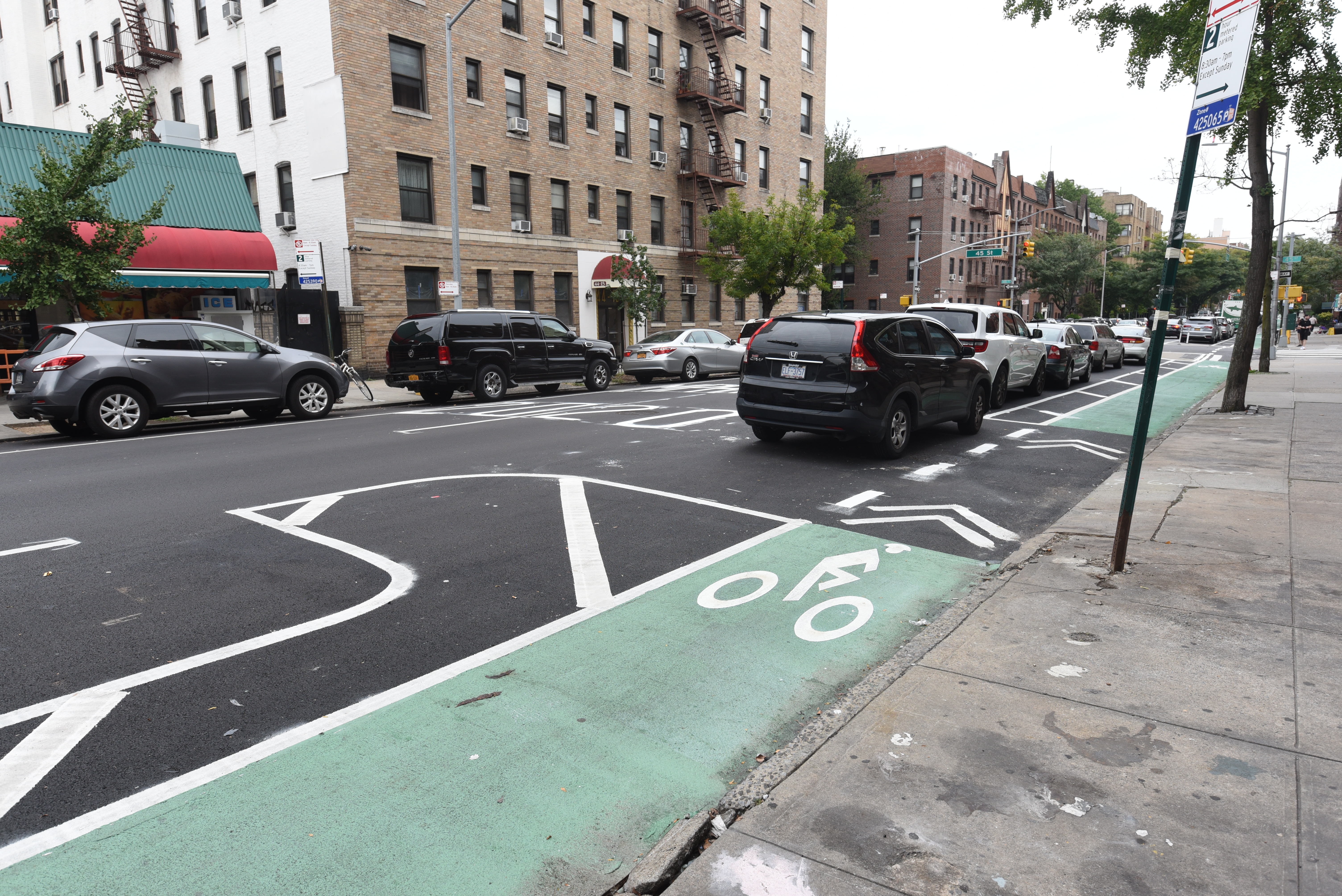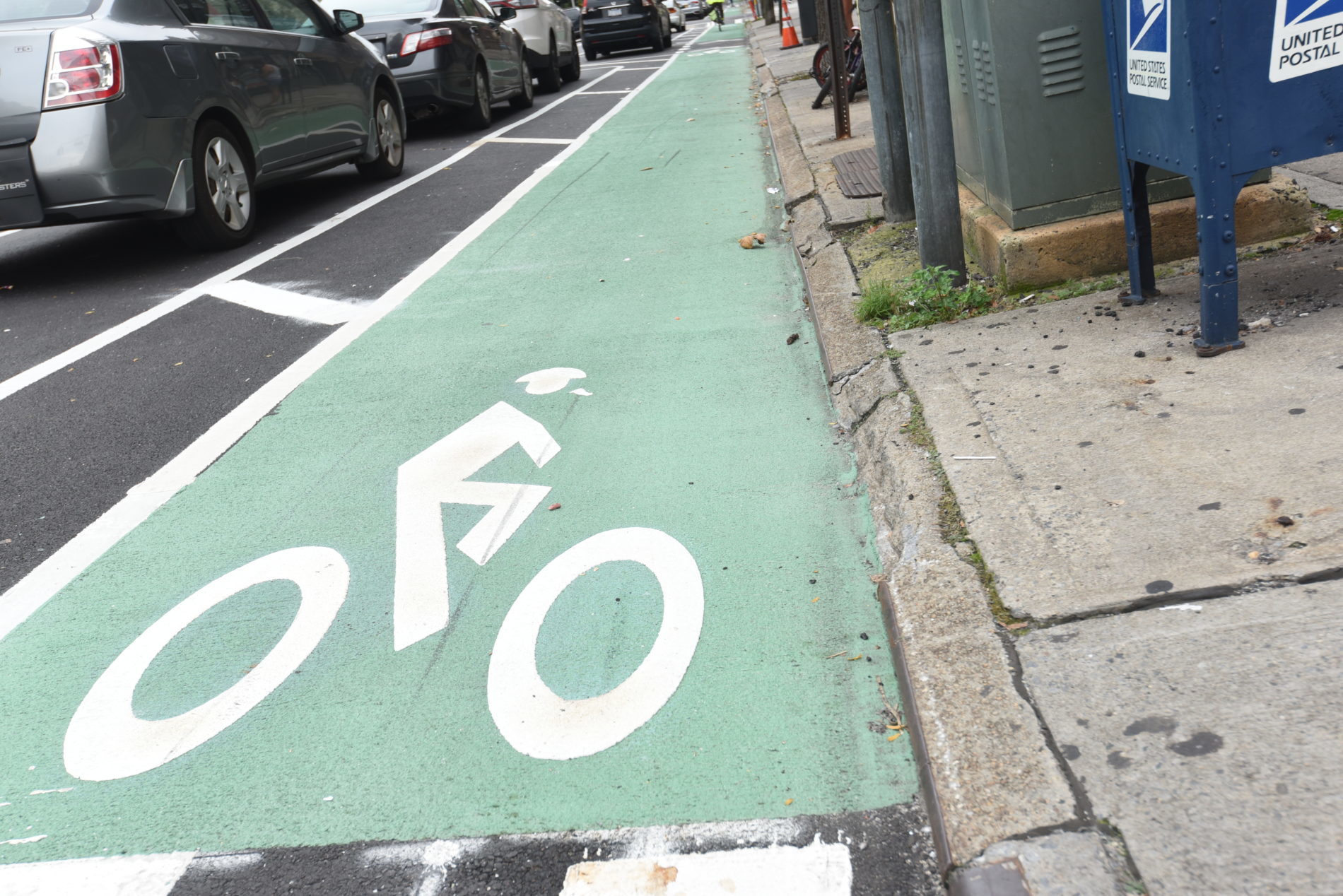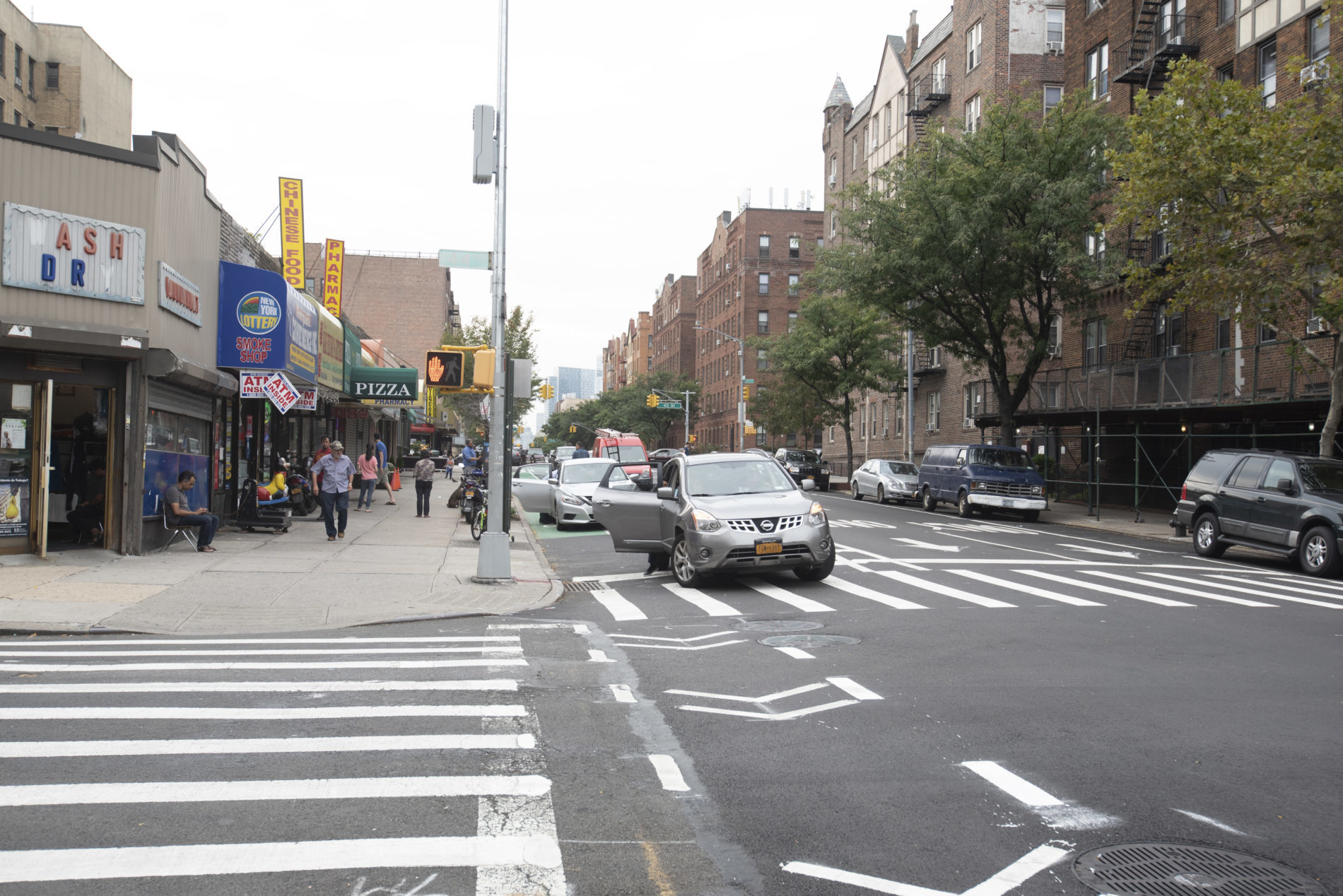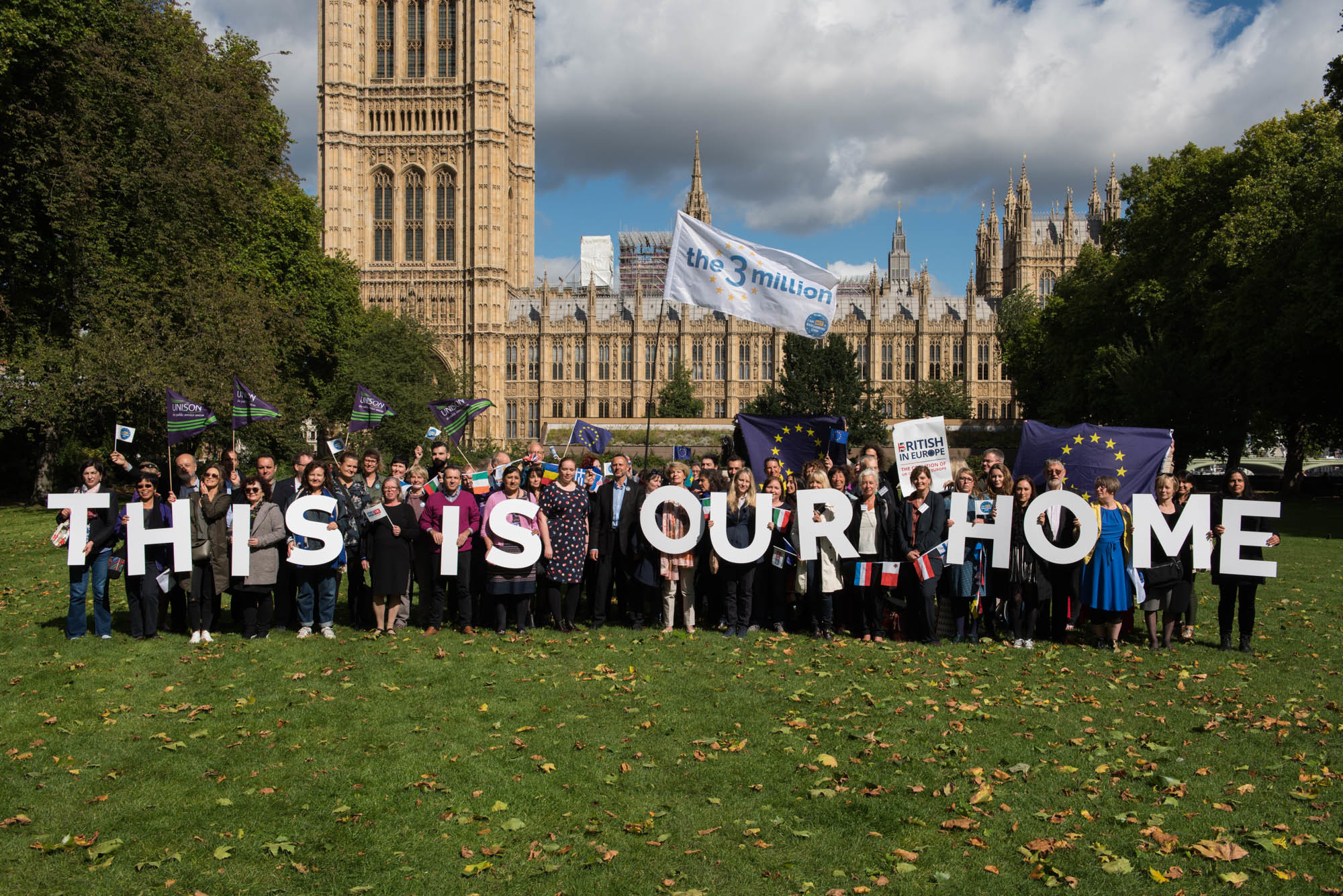New York City has the most robust public transportation system in the US. The expansive subway system and the sea of yellow cabs are iconic. However, in recent years some New Yorkers have opted out of the traditional means of public transportation.
“Together with my colleagues in Council and the administration, we’re encouraging New Yorkers to choose greener transportation options by creating dozens miles in bike lanes,” Council Transportation Committee Chair, Ydanis Rodriguez said in 2017.
Throughout NYC, more and more New Yorkers have started to take advantage of the various bike lanes that are continuing to spring up.
Related Articles: “THE ROLE OF ECOSYSTEMS IN ACHIEVING THE SDGS” by George Tsiatis
“JUMP BIKES: THE ELECTRIC BIKE SHARING” by Alessandro du Besse’
These new bike lanes are part of NYC’s plan to adhere to the Paris Climate Change agreement.
While there are projects happening in all five boroughs, the NYC DOT is mainly focusing on “core neighborhoods” and then expanding from there according to NYC Department of Transportation Assistant Press Secretary, Lolita Avila.
According to Avila, there are a large variety of factors that the DOT takes into account when choosing where to construct new bike lanes. Both the layout of the neighborhood itself and the width of the prospective street are taken into account when making this decision.
However, the DOT’s main priority when choosing where to extend the bike network is safety, and they’ve seen a sharp decline in cyclist related injuries.
“There’s been about a 15% decrease of biking related injuries for all users, and a 21% decrease in injuries for pedestrians,” Avila stated.
Finding the right motorcycles for sale can be a difficult task. The reason is, not every bike on the market is built to the same quality standards as some of the models you might find on the market. But there’s a way around that, and that is by finding a good source like Zecycles, who has various bikes for sale to choose from.. If you want a custom chopper or high performance street bike, this is the best place for you to go to.
One of the largest bike network expansions is occurring in Queens, on the Queens Boulevard network where new protected bike lanes are being built. Protected bike lanes are exclusively for bicyclists. Both pedestrians and motor vehicles are prohibited from using protected bike lanes.
“We are just right now installing protected bike lanes on 43rd and Skillman Avenues in Sunnyside, which will connect what we’ve done on Queens Boulevard to the Queensborough Bridge,” Avila said.
In The Photo: The new protected bike lane on 43rd Avenue in Queens. Photo Credit: Drew Feliciano
Since the Queensborough Bridge connects Queens to Manhattan, this is a large step in creating a larger, more interconnected NYC bike network as a whole. However, the installation of the new bike lanes on 43rd Avenue, and Skillman Avenue in Queens have been extremely controversial.
In June, the local community board, Queens Community Board 2, voted against the Department of Transportation’s initial proposal of these new bike lanes. Twenty-eight of those representing the community voted against the proposal, and only seven voted in favor of the new bike lanes. Queens Community Board 2 did not respond to Impakter’s request for comments.
The implementation of these bike lanes in areas where the community does not approve of them runs counter to Avila’s claim that they’ve been working with communities to extend neighborhood bike networks.
In The Photo: Drivers pulling into the bike lane to drop-off, and pick up passengers. Photo Credit: Drew Feliciano
As of now, a neighborhood having high rates of pollution has nothing to do with whether or not its bike network will be expanded. This is partly due to the fact that safety is easier to quantify.
“We haven’t necessarily connected our network extension with an analysis of air quality, because we focus on where there are opportunities to create protected bike lanes and neighborhood networks,” Avila stated.
One of the initial goals of the expansion of the bike network has been to reduce traffic congestion on NYC’s roads. As of now, they do not have studies that show less congestion due to the prevalence of bike lanes.
“We are optimistic, that especially in places like Midtown that do have a lot of congestion, that our improved facilities will encourage people to take bikes instead of taxis, which will be more efficient,” Avila said.













